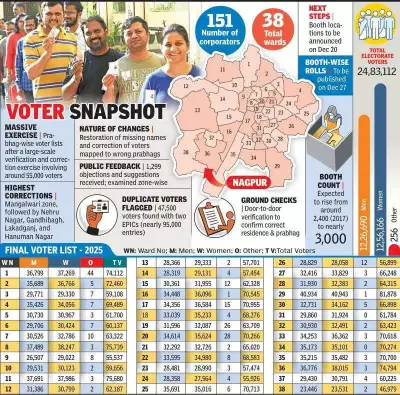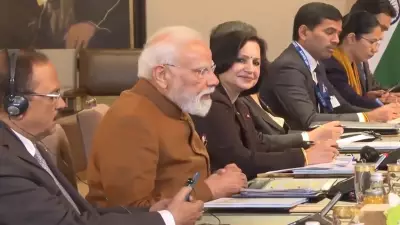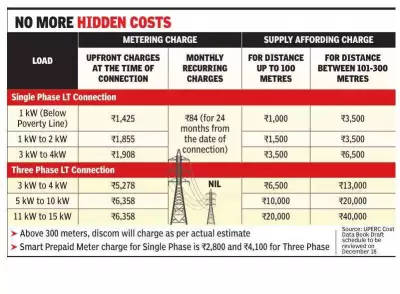
A dramatic power struggle within Punjab's Power Department has culminated in the sudden transfer of the department's secretary, following an intense confrontation with the state's Power Minister, Harbhajan Singh. The bureaucratic shake-up reveals significant friction at the highest levels of the state's administration.
The Breaking Point
The conflict reached its climax when the secretary allegedly bypassed established protocols by directly submitting a file to the Chief Minister's Office, completely circumventing the Power Minister. This move, seen as a direct challenge to ministerial authority, triggered immediate repercussions within the state government.
Immediate Administrative Fallout
In a swift response to the escalating tensions, the Punjab government has issued transfer orders for the secretary. The officer has been reassigned to the comparatively less significant position of Secretary for the Removal of Grievances, while simultaneously being placed on "waiting duty" status—a clear demotion in bureaucratic terms.
Filling the vacuum, the government has appointed Kumar Rahul, previously serving as Secretary of Transport, to take charge of the Power Department. This rapid reassignment indicates the administration's urgency to stabilize the situation.
Roots of the Conflict
Sources within the state government reveal that tensions had been brewing for several months between the minister and the secretary. The relationship reportedly deteriorated over fundamental disagreements concerning the management and operational control of the Power Department and its affiliated corporation, PSPCL.
The situation escalated dramatically when the secretary allegedly began communicating directly with the Chief Minister's Office on departmental matters, effectively sidelining Minister Harbhajan Singh. This breach of administrative protocol appears to have been the final straw that prompted the drastic personnel change.
Broader Implications
This high-profile transfer highlights the ongoing challenges in minister-bureaucrat relationships within state administrations. The incident raises questions about:
- Chain of command adherence in government departments
- Power dynamics between elected representatives and career bureaucrats
- The stability of administrative structures in Punjab's key departments
The development comes at a crucial time when the Power Department is handling significant challenges related to power distribution, tariff structures, and infrastructure development across Punjab.





